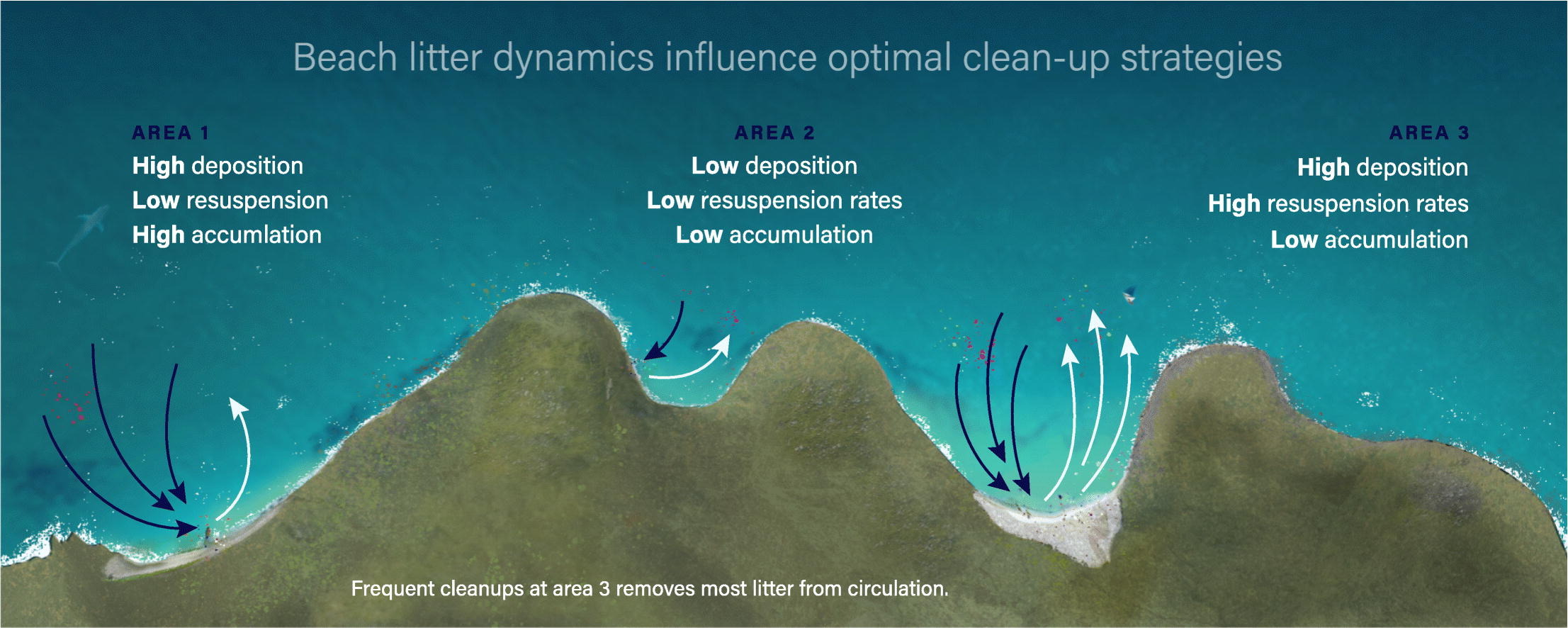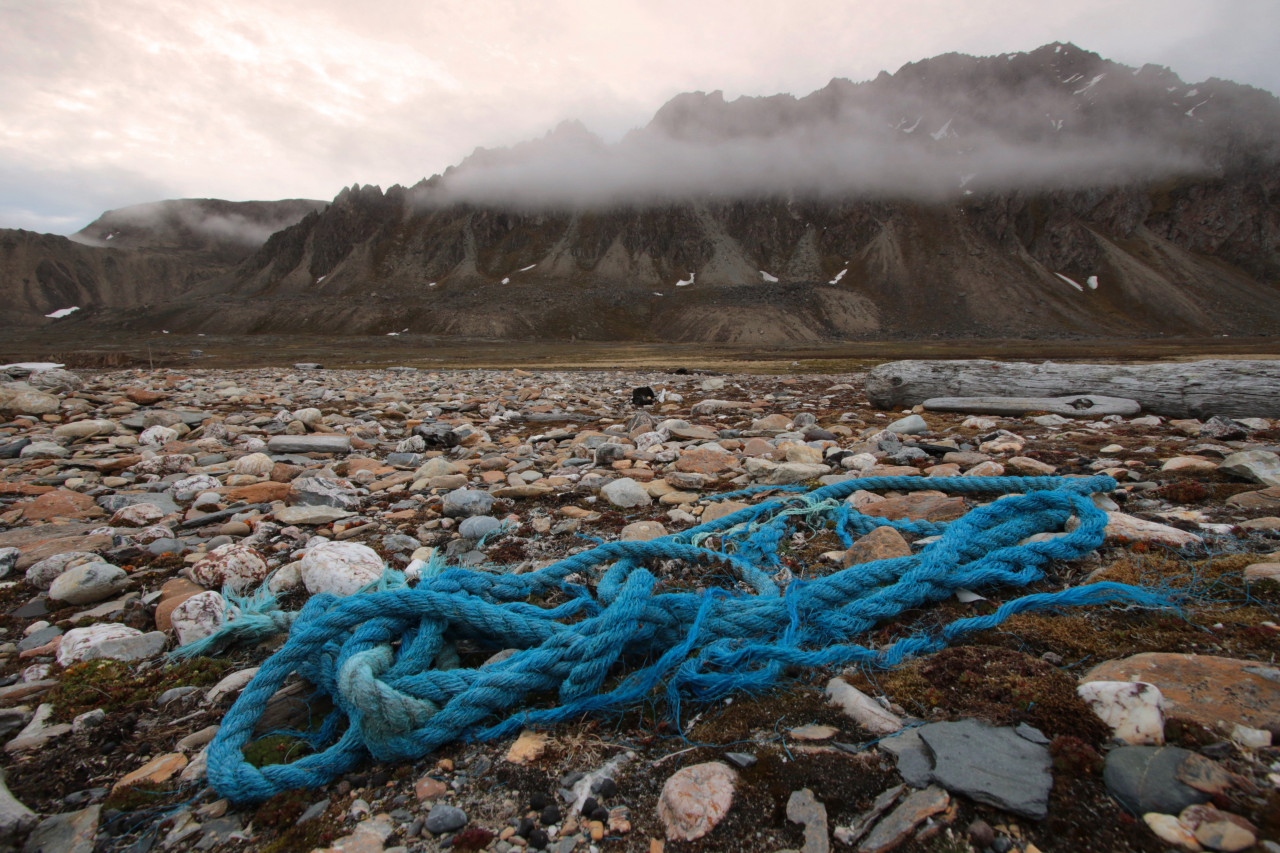Plastic pollution is ubiquitous in the marine environment. Beach cleanups are considered a cost-effective mitigative measure with generally few negative environmental impacts. Beached litter is not static, however, and may wash back out to sea or be buried, meaning it is only temporarily available for cleanup.
We have studied deposition and turnover of litter on three Arctic beaches in Lofoten, Norway, biweekly for 31 months. The mean estimated daily deposition rate was 10 items/100 m, with a median residence time of 99 days. Both processes were impacted by seasons and weather and varied both spatially and temporally.
Strong winds during the fall increased litter influx and onshore winds contributed to its loss. Heavier objects and those higher on the beach persisted longer yet were still subject to turnover. Snow temporarily buries litter but protects it in the long run.
Given the turnover of litter, frequent (albeit smaller) cleanups can readily remove 3–4 times more litter from circulation in the environment than larger, infrequent cleanups.
Given turnover dynamics of beach litter, regular (albeit smaller) cleanups will remove most litter from circulation in the environment. The impact of these cleanups will be greatest when timed to follow influx pulses (Kataoka and Hinata, 2015). In temperate regions, snow buries litter in winter and hinders cleanups. Given the higher risk of litter loss after winter is over, higher deposition during fall storms, and the frequent presence of nesting birds and risk of other ecological disturbances when working in the coastal zone during the spring/summer, it is recommended to prioritise late fall cleanups. When time is limited, prioritising the removal of smaller items lower on the beach is also advised. In general, the continuous influx of litter and its subsequent loss means frequent cleanups are desirable (Cresta and Battisti, 2021). Furthermore, given the apparent propensity for many drifting items to remain close to shore in a beaching and resuspension cycle (Pawlowicz, 2021), recurrent local cleanup actions should contribute to an overall reduction of litter in the region, as already seen in Lofoten (Haarr et al., 2020). Local governments, volunteers, and others involved in and coordinating beach cleanups and other mitigation efforts should be made aware of the impacts of beach litter dynamics on optimal strategies.
Read the entire article in the Marine Pollution Bulletin here →

